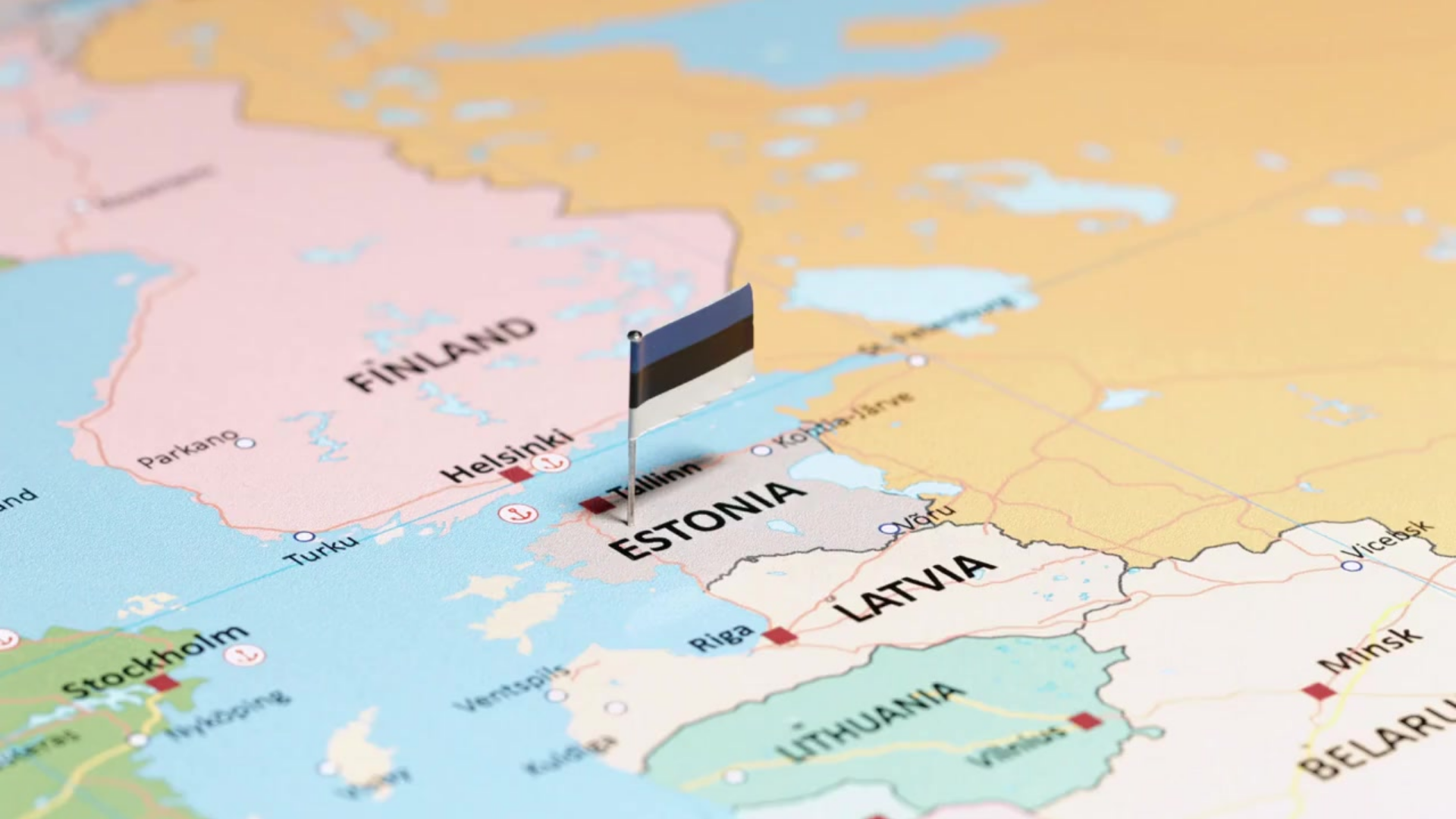
Challenges:
-
Challenge: Estonia's varied geography, including forests, wetlands, and urban areas, poses significant challenges for the installation and maintenance of fiber optic sensors.
Impact: Ensuring consistent and reliable sensor coverage across different terrains.
-
Challenge: Estonia, being a highly digital society, faces persistent and sophisticated cyber threats.
Impact: Ensuring that the OptiFiber™ system is resilient against cyber attacks and data breaches.
-
Challenge: Integrating OptiFiber™ with Estonia's existing infrastructure and security systems.
Impact: Requires extensive coordination and potential upgrades to current systems to ensure seamless operation.
-
Challenge: Securing sufficient funding and allocating resources for the installation, maintenance, and operation of the OptiFiber™ network.
Impact: Ensuring long-term sustainability and effectiveness of the system.
-
Challenge: Coordinating rapid response efforts across various agencies and stakeholders in case of detected threats.
Impact: Requires efficient communication protocols and well-defined roles and responsibilities.
Proposed Enhancements:
-
Implementation: Install IoT sensors on maritime assets and along coastal areas.
Purpose: To enhance data collection and provide real-time information on various parameters.
-
Implementation: Incorporate predictive analytics tools.
Purpose: To improve maritime safety and environmental protection by anticipating potential issues and optimizing operations.
-
Implementation: Utilize Geographic Information Systems (GIS) for real-time spatial analysis and visualization.
Purpose: To provide detailed and dynamic mapping of maritime operations and environmental conditions.
Benefits:
-

Improved Environmental Monitoring:
Enhanced ability to track environmental changes and comply with regulatory requirements.
-

Enhanced Maritime Safety:
Improved decision-making for operational safety and efficiency.
-

Integration with CISE:
Seamless data exchange with the Common Information Sharing Environment (CISE) for maritime surveillance and cooperation.
Key Statistics, Facts & Figures:
Daily Traffic:
Klaipėda is the largest port in Lithuania, handling approximately 45 million tons of cargo annually, including oil products, fertilizers, and containers.
Environmental Concerns:
The Baltic Sea is one of the most polluted seas in the world, making environmental monitoring and protection a top priority.
Economic Significance:
The port is a crucial gateway for trade in the Baltic Sea region, supporting Lithuania’s economy and connecting it to global markets.
Strategic Location:
Klaipėda's position in the southeastern part of the Baltic Sea makes it a critical point for monitoring maritime traffic and ensuring regional security.



